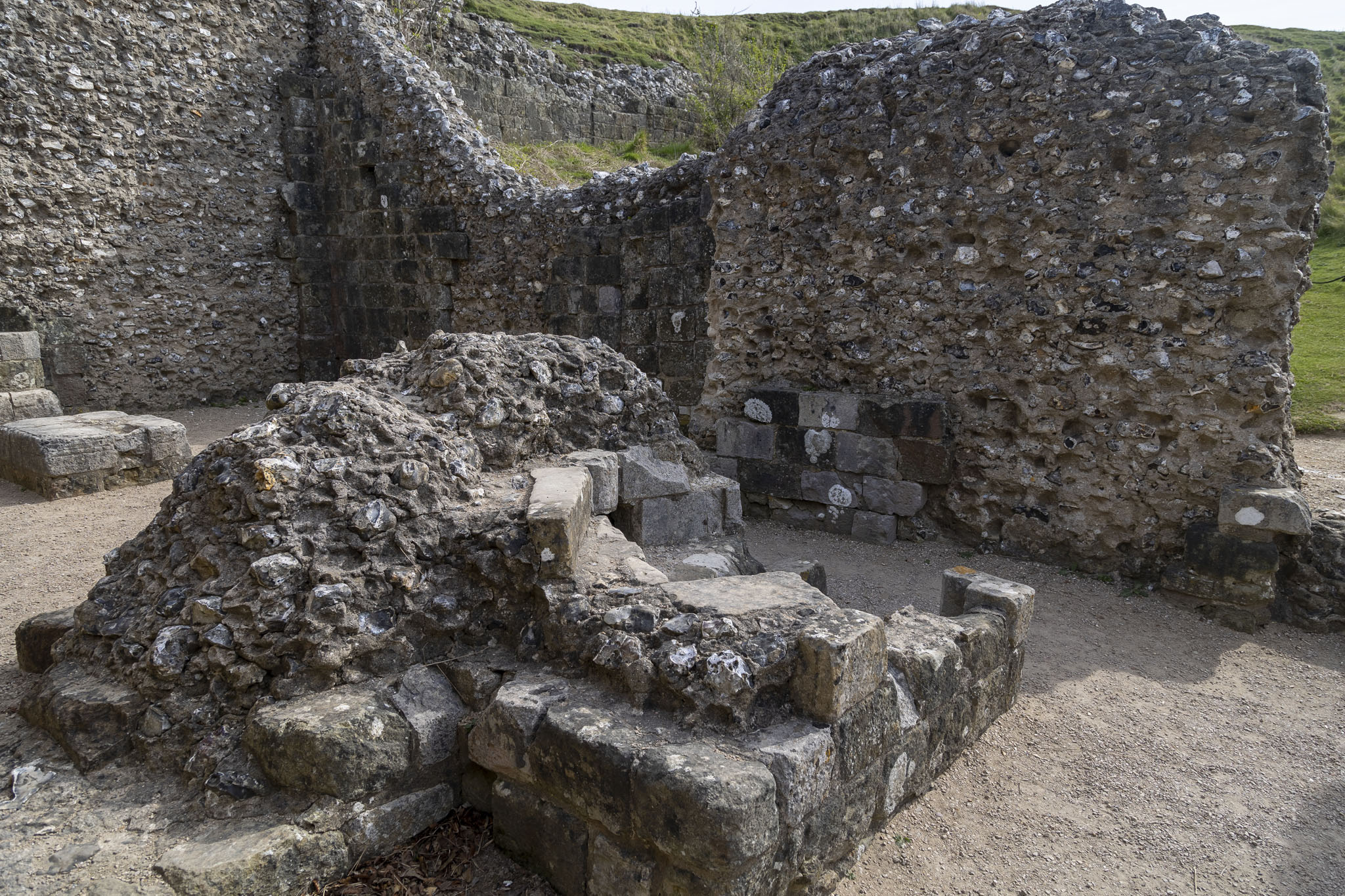We had identified two points of interest in the area that we fancied visiting during our weekend stay in Salisbury. The first of those was the original site of the city itself, a few miles from where the present city stands, known as Old Sarum.
Old Sarum is run by English Heritage and we’ve had run-ins with English Heritage in the past so we expected the same on this occasion, but I’m happy to report that the people manning the ticketing were lovely. No high pressure sales pitch to get us to join made such a nice change; just the usual helpful hints on what to see and what would be the best route. There is a car park with s small fee for non-members accessed up a single track road before you get into the castle area of the location.
As a visitor to Old Sarum there are basically two things you’re going to want to see (regular visitors might also appreciate the walks and views, but I’m sticking to historical elements here): the castle, and the cathedral. Or ruins thereof, to be more accurate. We started with the castle.
Old Sarum dates to around the 400 BCE when the first hillfort and ditch was used for protection. It subsequently was occupied or used by tribes of Gauls under Roman rule, and came under Saxon rulership too, but it was only when the Vikings started invading from the late eight century onwards that defences were properly implemented and garrisons stationed. It was used as a base of planning against the Danes in the north during the ninth century. Following the Norman conquest a proper motte-and-bailey castle was erected and the cathedral was built, and the ruins that you see today are typical of Norman construction.
We walked a complete circuit of the walls of Old Sarum castle, admiring the views out across the Wiltshire countryside, and trying not to get blown off the stone paths by the wind that gusted strongly.
The name of Sarum is likely due to a mistake. Its name of Sarisburie was listed in the Domesday Book of 1086 but records indicate it was often shortened to simply Sar with a line over the top of the ‘r’. Since this in itself was more often used to abbreviate the word “rum” in place names, Sarisburie eventually became Sarum.
Our visit to Old Sarum was punctuated numerous times by light aircraft flying over and dropping skydivers out. Not far from the site was an airfield that was laid down during the World War I. These days it’s for activities just like this, and it did look fun.
After completing our circuit of the castle we left the area over the bridge over the ditch surrounding it, then went for an anticlockwise walk around the ground outside.
As already mentioned, the cathedral dates to the Norman period but only lasted just over a century. Defensively, the location on a hill with views all around made sense but I’ve already mentioned that wind and writings from clergy pointed out that in addition to wind damage to the church, the howling noise could drown out prayers and there were problems with getting fresh water; it was likely easier and cheaper to transport it by cart from rivers than by wells. In addition, the church and the military often were at odds with one another with the latter blocking access on occasion, and the limited land space left lodgings that the clerics didn’t really like. The church eventually sought and got permission to relocate the cathedral to what is now Salisbury around 1220 CE, and the city soon followed it.
We enjoyed Old Sarum. If you get a pleasant day like the one we had then the countryside views are fabulous, with barely any sign of buildings in any direction. You can really appreciate what a good vantage point for spotting approaching hordes it would have provided. If you’re keen on walks then there’s a decent enough set of trails around too.
In the next post in this short travel series covering our time in Salisbury we’ll head across to Wilton House for a look around.





























